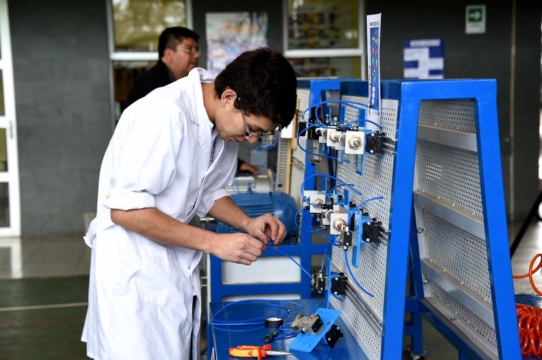
Latin America’s Productivity Challenge
There is a gap between the skills that the Latin American workforce offers and the skills that companies in the region demand.
This post is also available in: Español
Apprenticeships are part of technical and vocational education (TVE) and are characterized for combining both theoretical education on general knowledge, and practical training on specific competencies. This type of program has been implemented as a way to improve job prospects for young people and adults, by combining formal education with learning in the workplace. The assumption regarding apprenticeships is that learning in the workplace responds directly to businesses’ productive needs, which can have a direct impact on their productivity, as well as on the employability and salaries of apprentices.
This document will first go over the definitions and characteristics of apprenticeships, followed by a section on the benefits and challenges of this type of programs. The succeeding section will analyze the role of the public sector in making this type of programs work. The brief ends with a revision of structured learning programs in Latin America and potential challenges for the region.
Belén Cumsille is a Program Associate with the Inter-American Dialogue’s Education Program.
Krystal Werner is an Intern with the Inter-American Dialogue’s Education Program. She is pursuing a Master’s Degree in Global Human Development at Georgetown University.
There is a gap between the skills that the Latin American workforce offers and the skills that companies in the region demand.
What are the main benefits and challenges of secondary technical and vocational education for Latin American countries?
Online competency-based education (OCBE) has emerged as a viable option to help reduce the skills gap in the Americas
 Javo Alfaro / Flickr / CC BY 2.0
Javo Alfaro / Flickr / CC BY 2.0

